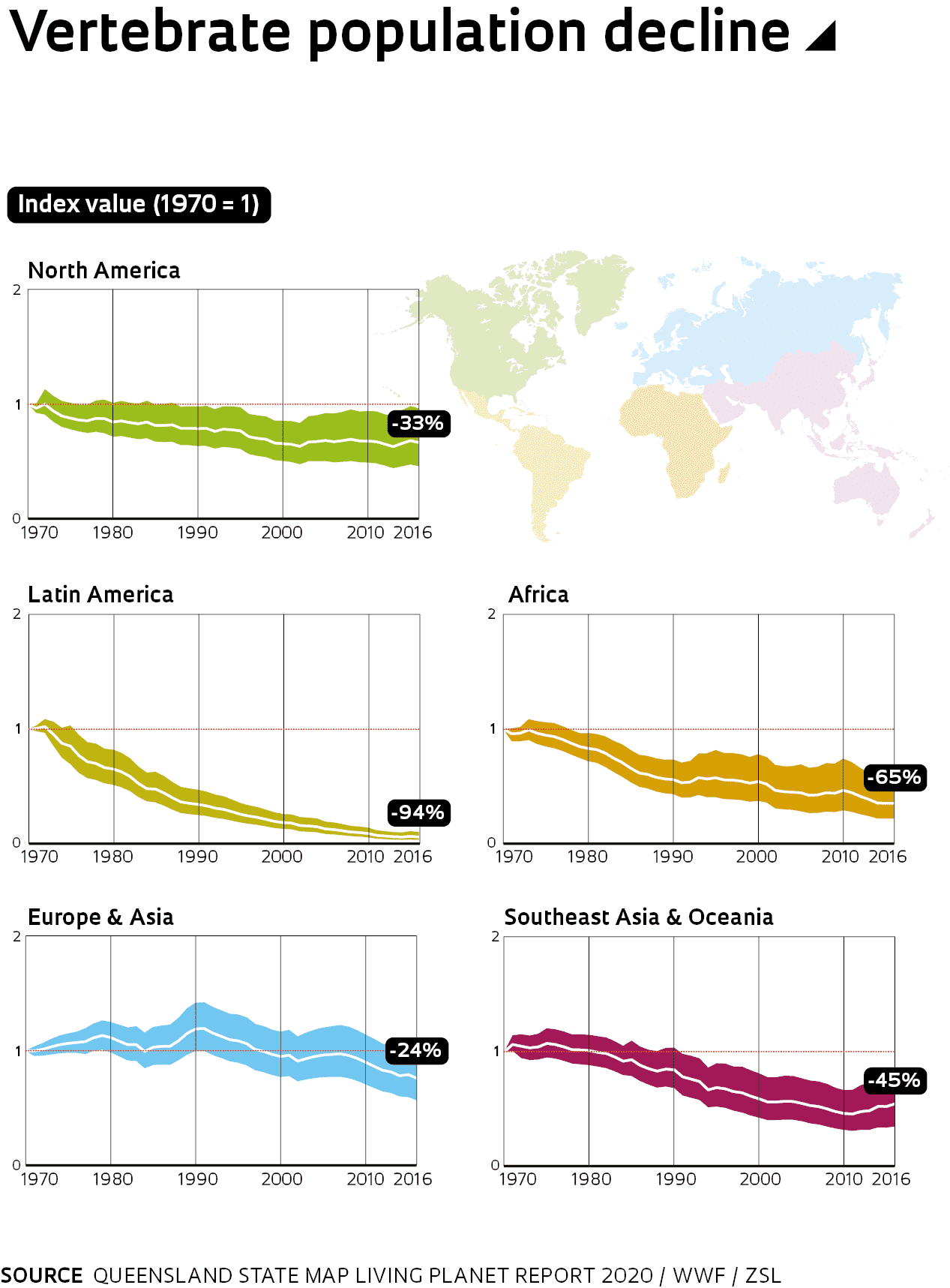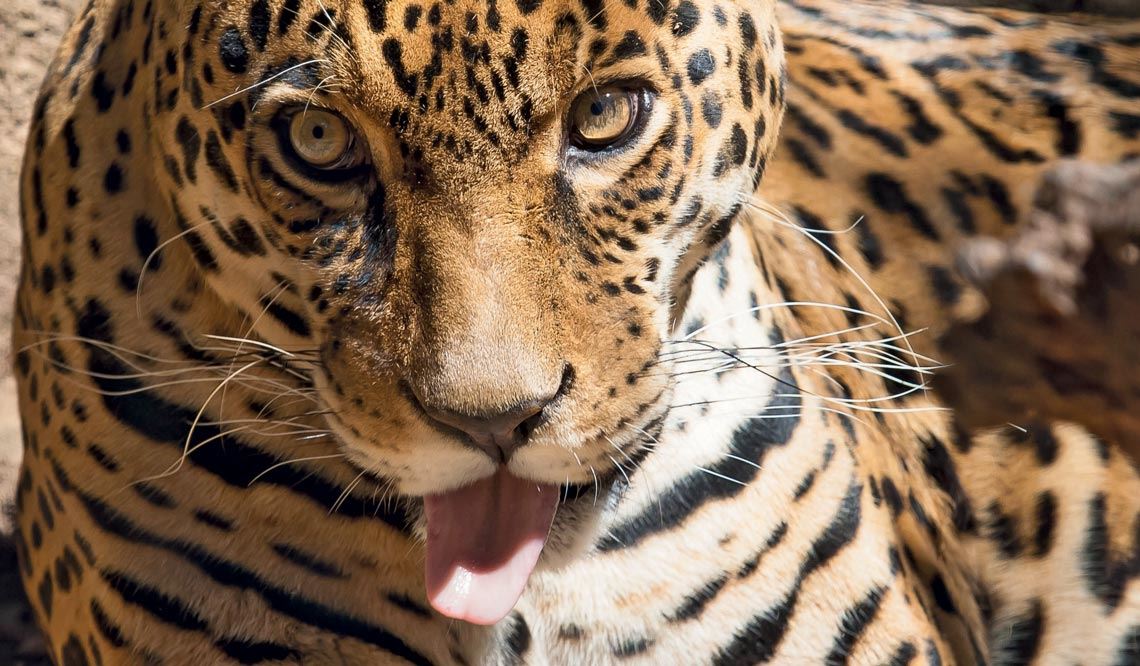The global populations of about 4,400 mammal, bird, reptile, fish, and amphibian species shrank by 68% between the years 1970 and 2016, a decline that is believed to be primarily a consequence of environmental degradation associated with human activity. These are the findings of a study by the World Wildlife Fund (WWF), which evaluated the status of about 20,000 wild populations of these species. The sharpest decline occurred in Latin America, where there was a 94% reduction in the abundance of wild species in the period. Another study found a similar trend. In the last 500 years, Latin America has lost 60% of its mammal fauna (Scientific Reports, September 15). Brazil was the country third most affected by the deforestation process, behind only Nicaragua and Honduras, with the Atlantic Forest and the Caatinga (semiarid scrublands) being the most affected environments, registering decreases of 75% and 62% respectively in populations of medium and large mammals, which suffer the most harm from deforestation.

